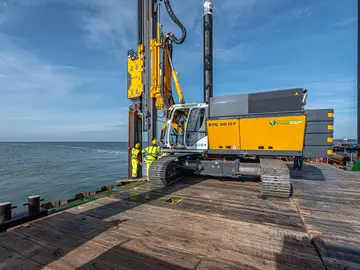Sheet pile wall techniques
Economical to construct and versatile in application – these are the main advantages of steel sheet pile walls. Dismantling is also possible without a problem. As a temporary measure, sheet pile walls are used to safeguard excavation pits, for example when there is no space for a slope or sealing is required to protect against pressing water. They are also used as retaining walls or to stabilize inclines.
If the excavation pit has also been sealed off horizontally – for example with underwater concrete slabs, and HDI base or a soft gel blanket – it is possible to work below the water level in an excavation pit surrounded by sheet pile walls (sheet pile box). This is because the individual planks are connected by interlinking locks, resulting in a cohesive, practically impermeable wall.
A sheet pile wall can be constructed in different ways, depending on the composition of the construction soil and the nearby buildings: by driving, pressing or impact driving.

Sheet pile vibrating
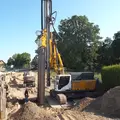
Sheet pile pressing
RTG Rammtechnik GmbH – Sheet pile press
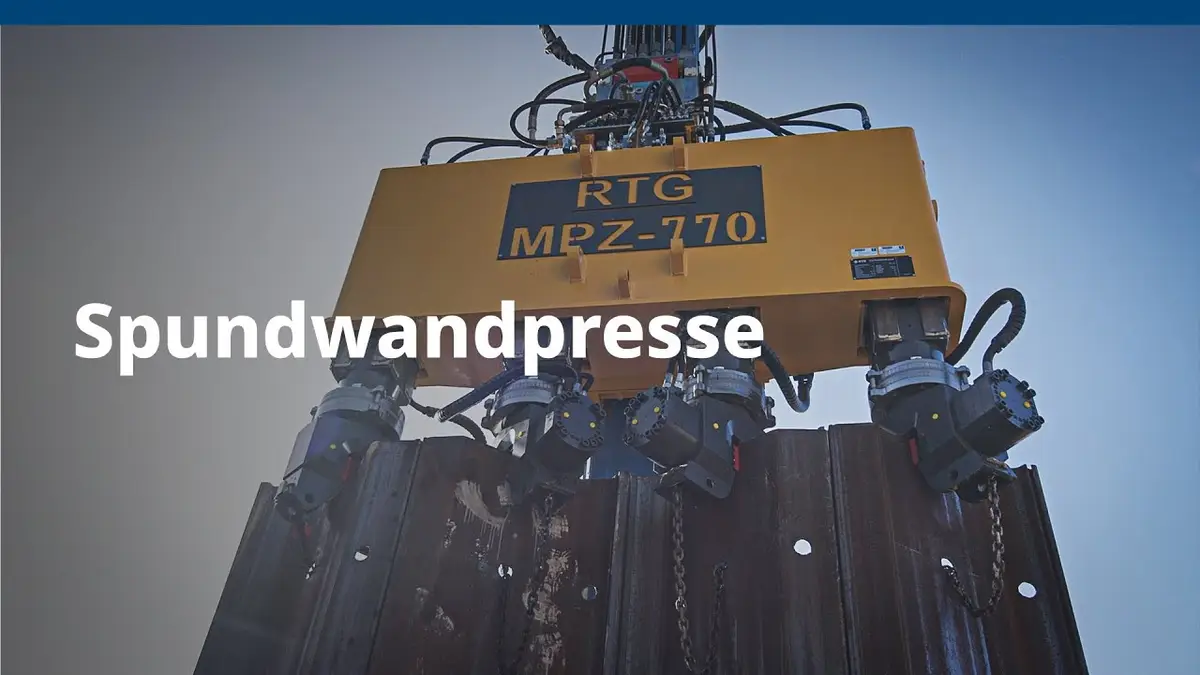
In order to display the video on the US platform YouTube, we need your consent to the associated data processing, as described in our data protection declaration.

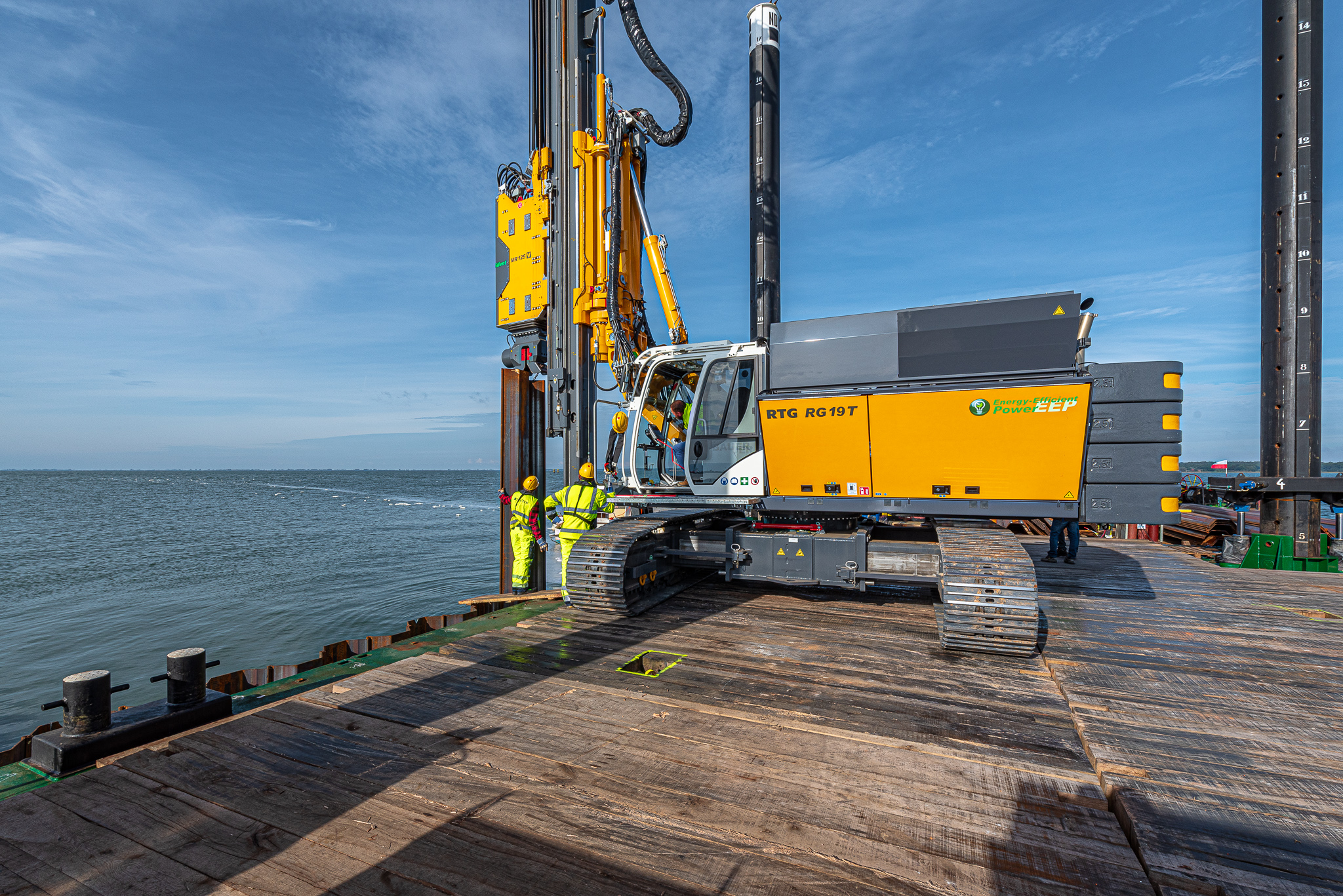
Sheet pile impact driving
Download
Any questions?
I look forward to receiving your message or your call.

You might also be interested in:

They vibrate, press, drive and drill. Discover the pile driving equipment and piling leaders from RTG Rammtechnik GmbH!
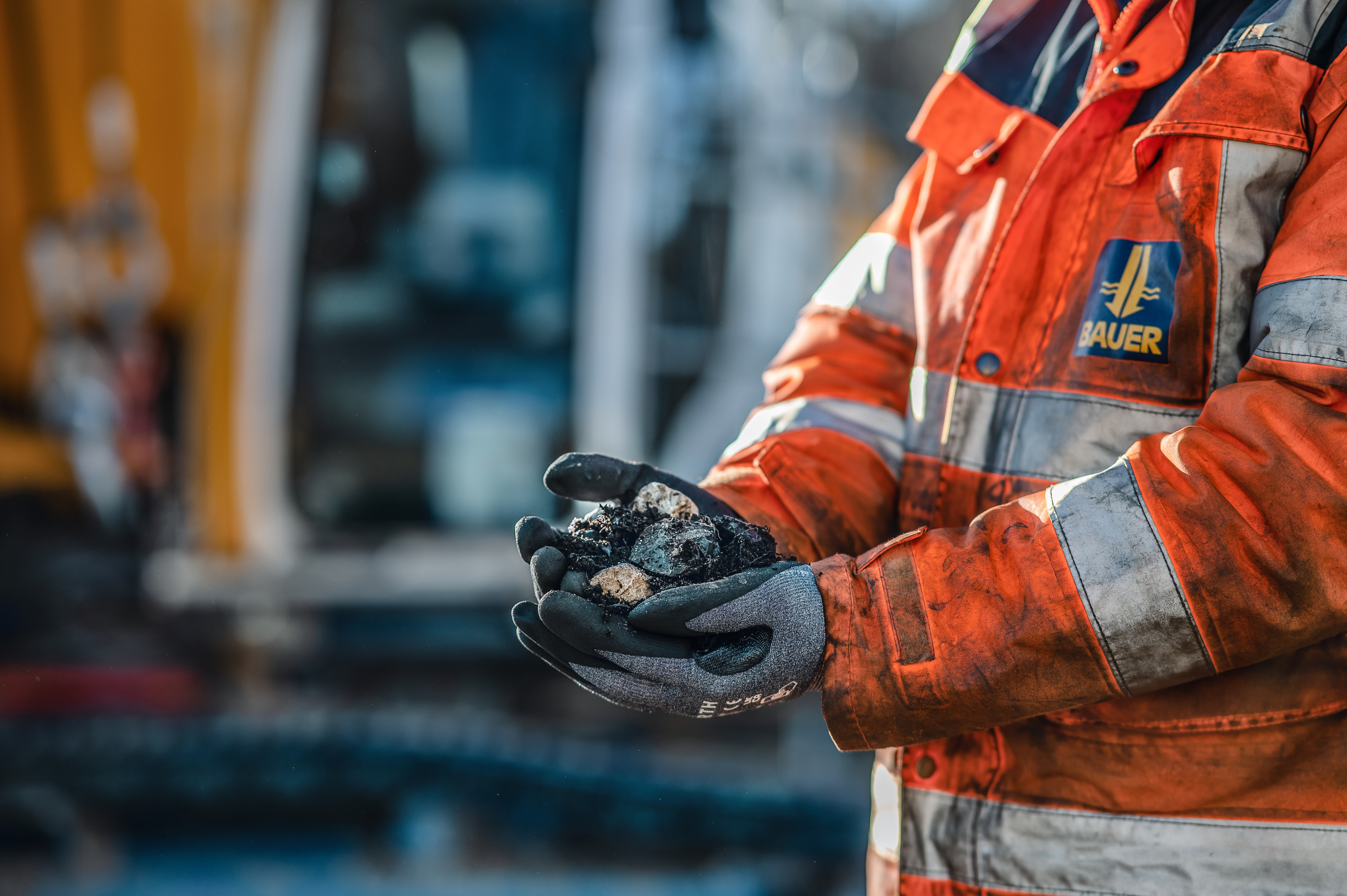
Whether drilling, impact driving, cutting, mixing or vibrating, the variety of specialist foundation engineering methods is impressive. An overview of the most common methods.

We train equipment operators, mechanics and service personnel for specialist foundation engineering. Discover our seminars & online trainings now!

Construction site 4.0: With our digital solutions, you can manage and analyze your Bauer equipment at any time and place.
